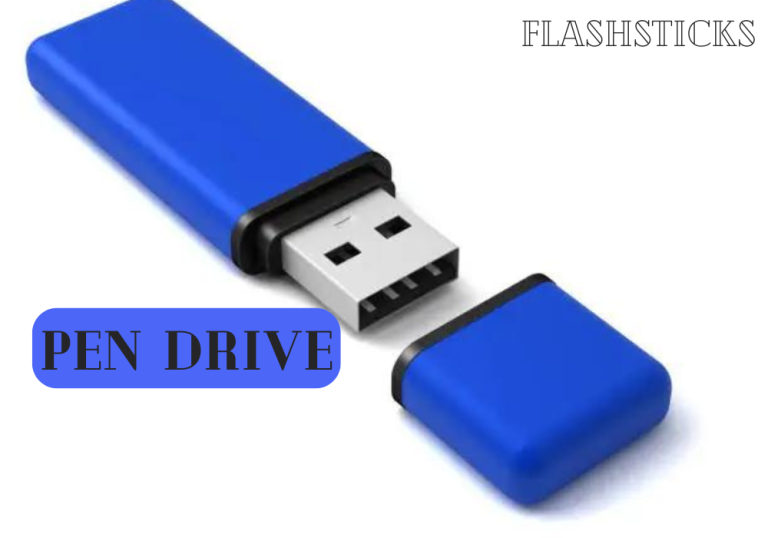How does a flash drive hold data without power?
“In our increasingly digital world, flash drives have become ubiquitous tools, essential for students, professionals, and tech enthusiasts alike. But have you ever wondered how a flash drive holds data without power? This article dives into the technology behind flash drives, explaining how they work and why they’re so effective at storing information even when not connected to a power source.
Understanding Flash Drive Technology
What is a Flash Drive?
A flash drive, often referred to as a USB drive, thumb drive, or pen drive, is a portable data storage device that includes flash memory with an integrated Universal Serial Bus (USB) interface. Flash drives are typically removable, rewritable, and much smaller compared to other forms of storage, such as external hard drives.
How Flash Memory Works
Flash memory is a type of non-volatile storage, meaning it does not require power to maintain the information stored in the chip. This is accomplished through a specific type of semiconductor technology. Here’s a breakdown of the essential components and mechanisms:
- Floating-Gate Transistors: The fundamental building blocks of flash memory are floating-gate transistors. Each transistor can store a bit of information by trapping electrons in a floating gate, which is insulated by a surrounding oxide layer.
- Charge Trapping: Data is stored by adjusting the charge in the floating gate. If electrons are trapped, the transistor will represent a binary “0”. If no charge is trapped, it represents a ”1″.
- Non-Volatile Storage: Once the electrons are trapped inside the floating gate, they remain there even when the power is turned off, allowing the data to persist without a continuous power supply.
Applications and Uses of Flash Drives
Flash drives are utilized in various contexts due to their portability and reliability. Some common applications include:
| Application | Description |
|---|---|
| Data Transfer | Moving files between computers and devices quickly and easily. |
| Backup Storage | Storing important documents and media as a backup solution. |
| Bootable Drives | Creating bootable drives for operating system installations or repairs. |
| Portable Applications | Running software directly from the flash drive without installation on the host PC. |
Benefits of Using Flash Drives
Reliability and Durability
One of the primary benefits of flash drives is their robustness. Due to the lack of moving parts, they are less susceptible to physical damage and mechanical failure.
Speed and Performance
Flash drives offer swift read and write speeds, making them highly efficient for tasks like data transfer and backups. Modern USB 3.0 and USB-C interfaces further enhance their performance.
Portability
Flash drives are small and lightweight, allowing easy transport in pockets, bags, and even wallets. This portability makes them a convenient option for on-the-go data storage.
Practical Tips for Using Flash Drives
Keep Your Flash Drive Safe
While flash drives are durable, it’s essential to protect them from extreme temperatures, water, and physical shocks. Use protective cases or covers to minimize the risk of damage.
Regularly Backup Your Data
Despite their reliability, it’s always good practice to back up important data stored on flash drives to other locations, such as cloud storage or external hard drives.
Safely Eject Your Flash Drive
Always use the “Safely Remove Hardware” option when disconnecting your flash drive from a computer. This helps prevent data corruption and prolongs the device’s lifespan.
Conclusion
Understanding how a flash drive holds data without power reveals the sophisticated technology behind these seemingly simple devices. By using floating-gate transistors to store data as electrical charges, flash drives offer a reliable, durable, and portable solution for modern data storage needs. Whether you’re transferring files, creating backups, or running portable applications, flash drives remain an invaluable tool in our digital toolkit. So, next time you use your flash drive, you’ll know just what’s keeping your data safe and sound, even without power.
“`







